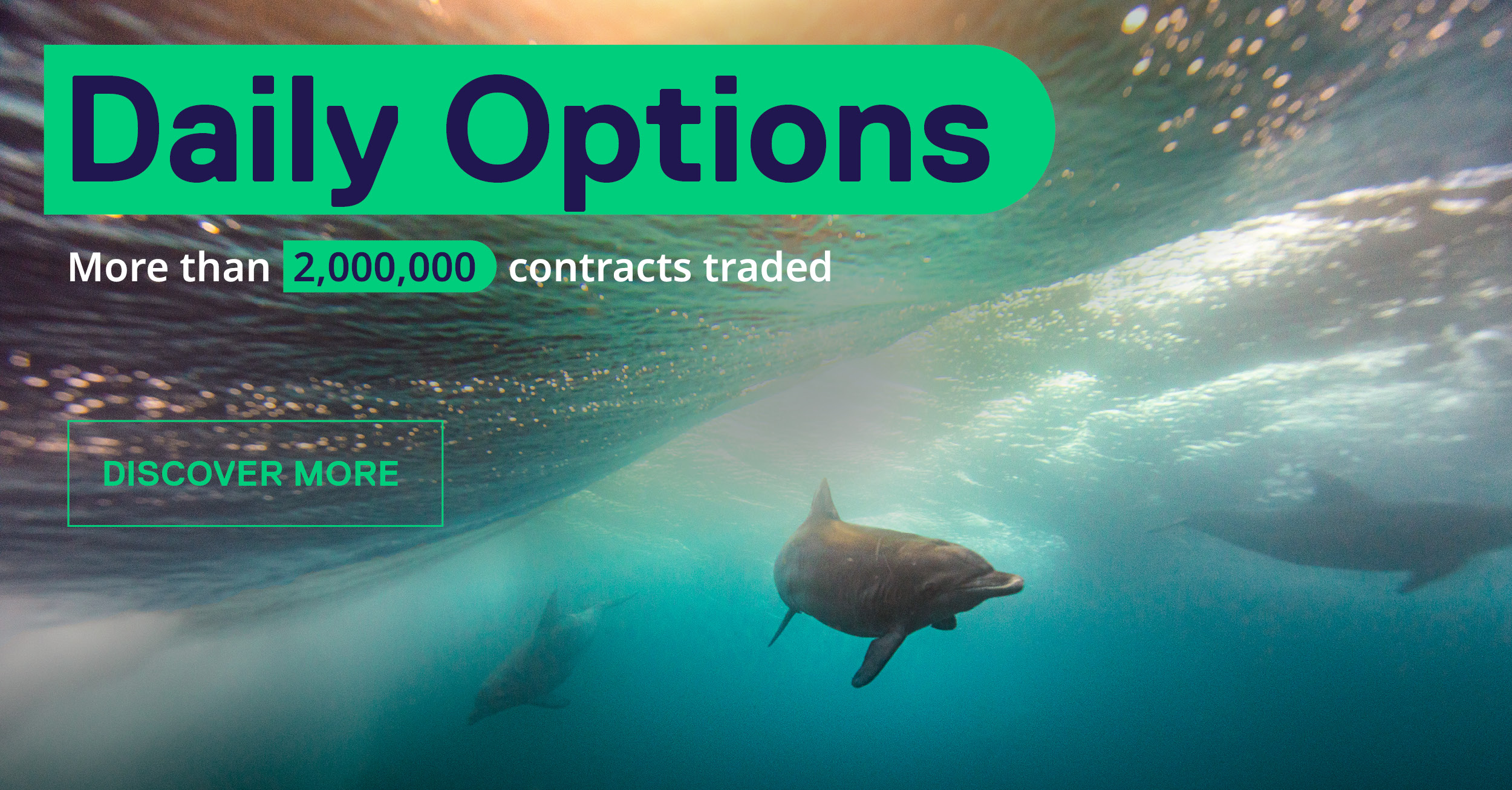Trading files
Product parameter files
T7 Entry Service parameters
EFS Trades
EFP-Fin Trades
EFP-Index Trades
MiFID2 Commodity Derivatives Instruments
Total Return Futures conversion parameters
Product and Price Report
Variance Futures conversion parameters
Suspension Reports
Position Limits
CFI Codes
Best Execution Reports
File service agreement
Current traded series delta version


